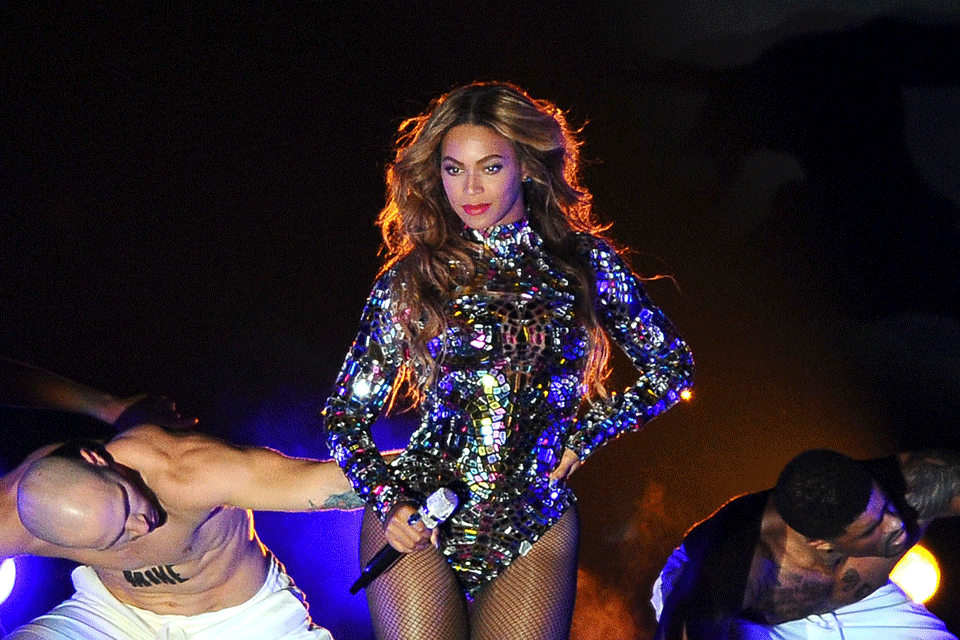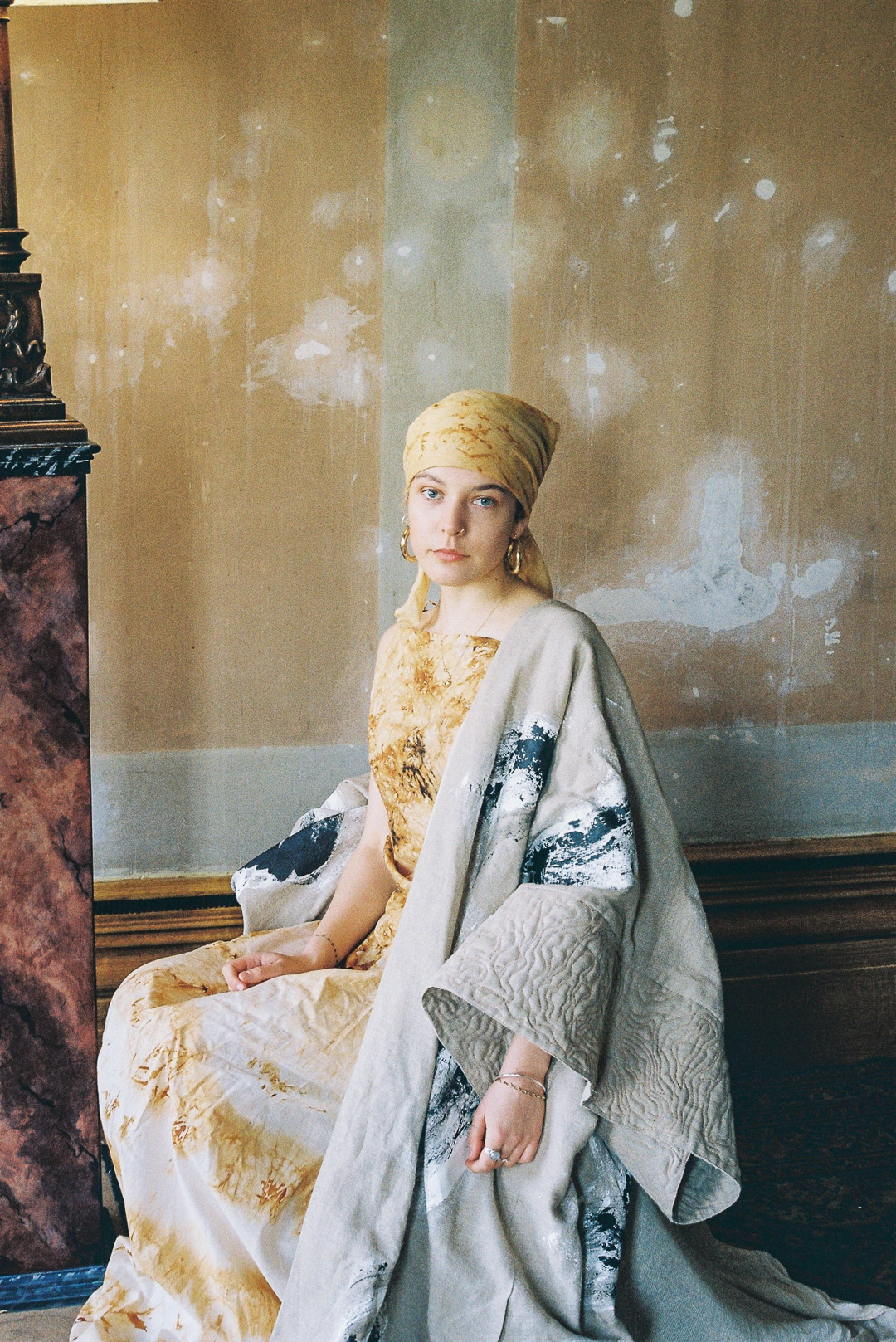For years the symbol of the Christian cross has been used as a common fashion accessory. The cross that was once a symbol of shame for early Christians is now a feature of many jewellery collections and is often printed on clothing. The symbol was largely featured in punk looks from the 80’s and today, many of whom choose to wear it do not attach a huge amount of emotion- al weight to the symbol itself. Though the cross is arguably the most common and recognisable religious symbol in mainstream fashion, particularly in Britain, this apparent trend also includes numerous religious and cultural emblems that have been incorporated into clothing and accessories by the fashion industry, such as the Hamsa or evil eye. Two years ago, Dolce and Gabbana released their fall collection, which featured many prints that were seemingly inspired by church mosaic patterns and stain-glass window images; a prevalent feature of Catholic churches. A Tom Ford leotard featuring stained glass was worn by Beyoncé at her last VMA performance and artists like Madonna and Lady Gaga have used religious symbols in both their concerts and as part of their on-stage outfits, arguably to create controversy.Givenchy have also released a number of sweatshirts and tees which feature depictions of the Virgin Mary, a trend which has made its way into fashionable high-street stores like Urban Outfitters which have sold t-shirts with the image of the Hindu God Ganesh, for example.
Other traditional accessories have also been adapted by western fashion outlets, such as the bindi, often worn by Hindu women; it is usually marketed as the ‘face gem’ to appeal to western consumers. Hindu statesman Rajan Zed famously criticised Selena Gomez for wearing one in her VMA performance last year, as it has religious significance. Often worn at Hindu weddings and other celebrations, the bindi is now also commonly worn at musical festi- vals. While the appropriation of reli- gious symbols may be deemed offen- sive, some insist this is unimportant in the major concerns facing religious institutions. Mr. Ilankovan from the Stoneleigh Amman temple said:
“There is a social side to religion which includes fashion but we are concerned with the theological side of Hinduism, we have no problem with what people wear.”
He even suggested people wearing such items could show they are em- bracing aspects of a different culture. However, referring to the cross, Fa- ther Kevin Dring of the Sacred Heart Church in Hove said:
“It is a symbol of the death and sacrifice of Jesus and we need to treat it with respect and reverence, if used in fashion, it could be seen to lose that focus of reverence.”
Religious images, symbols and accessories have traditionally allowed devout followers to identify with their faith on a visual level; such images can evoke a sense of religious or cultural pride. However to some, these symbols may be mere fashion accessories, to others, they are even worn ironically, as a comment against established religious systems. In a diverse society, religion and culture can play huge roles in projecting individuality. The perceivable problem with wearing religious motifs arises not only due to the possibility of causing offence, but also due to the issue of self-expression. People should certainly not be limited in what they choose to wear due to the risk of being too controversial, but it is important to know about what you are wearing. While we may be inclined to purchase items containing religious iconography for various reasons, the intent behind wearing such items usually remains unclear. Aside from genuine expressions of religious devotion, whether you aim to wear something for the purpose of fashion, to show openness to aspects of a particular culture or religion or to create irony, it is important to consider the history and significance of that image or symbol as well as to know your reasons for wearing it.
Shivonne Surace




